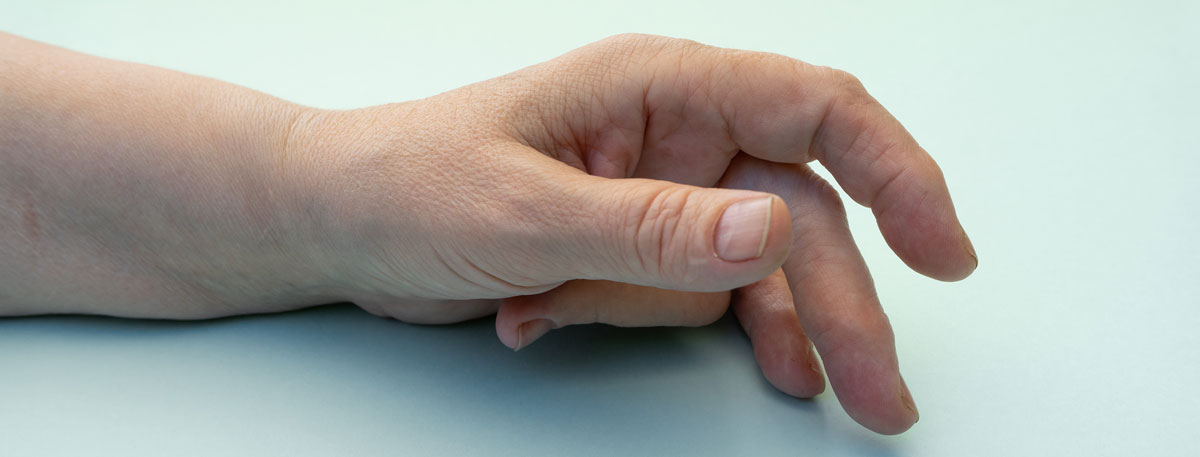Recovering After Dupuytren’s Contracture Surgery: How Hand Therapy Can Help

October 30, 2025
If you’ve had surgery for Dupuytren’s Contracture, you’ve already taken a big step toward better hand movement. But what comes next?
Many people are surprised to find that recovery after surgery takes time—and that the hand doesn’t always feel or move the way it used to right away. That’s where we come in.
At Hands for Living, we help you through the important weeks and months after surgery, making sure you recover fully and safely.
What Is Dupuytren’s Contracture (in Simple Terms)?
Dupuytren’s Contracture is a condition that causes the fingers—often the ring or little finger—to curl in toward the palm. Over time, the tissue under the skin becomes tight and thick, pulling the fingers into a bent position.
Surgery can release this tight tissue, helping you straighten your fingers again. But after surgery, you may have swelling, stiffness, or scar tissue that affects your recovery.
Why Hand Therapy Is Important After Surgery
Surgery fixes the contracture, but therapy helps restore full function. Without it, the hand may stay stiff, sore, or weak—and in some cases, contracture can return.
We work with you to:
- Regain finger and hand movement
- Reduce pain and swelling
- Manage scarring
- Rebuild strength and confidence in using your hand again
What Therapy Might Look Like
Your recovery plan depends on your surgery and your hand’s condition. But we may include:
- Gentle stretching and motion exercises
- Scar massage to soften thickened skin
- Custom splinting if needed to maintain finger position
- Education on how to use your hand safely at home and work
- Progress tracking so you know what’s improving
Our goal is to get you back to using your hand comfortably for everyday tasks—whether that’s typing, holding a steering wheel, or shaking hands again.
We’re Here When You’re Ready
If you’ve recently had surgery for Dupuytren’s Contracture—or are preparing for one—let’s talk. We’ll guide you through recovery and help you make the most of the improvements surgery can bring.
You don’t need to figure it out alone. We’re here to help your hand heal well—and stay well.